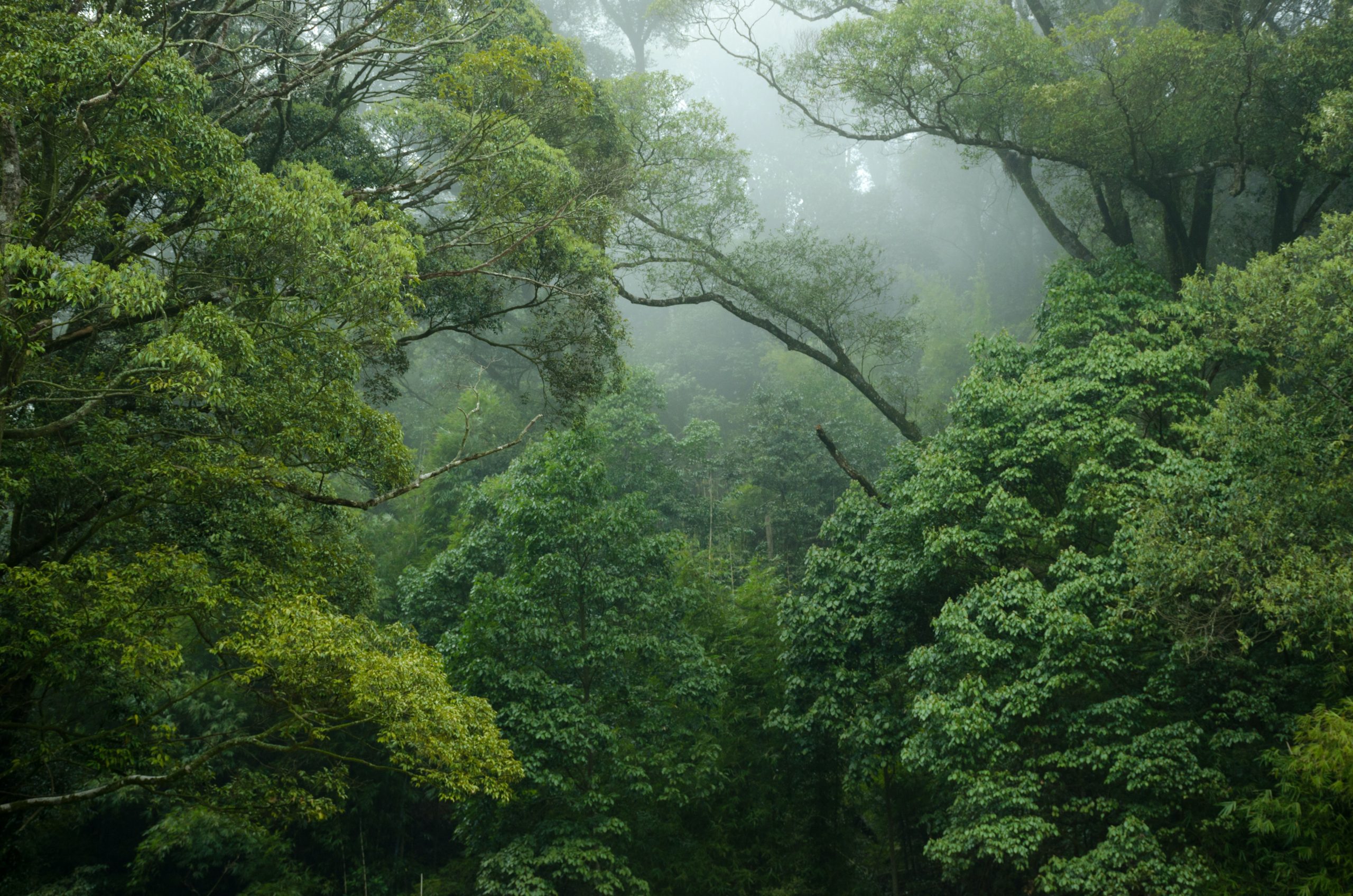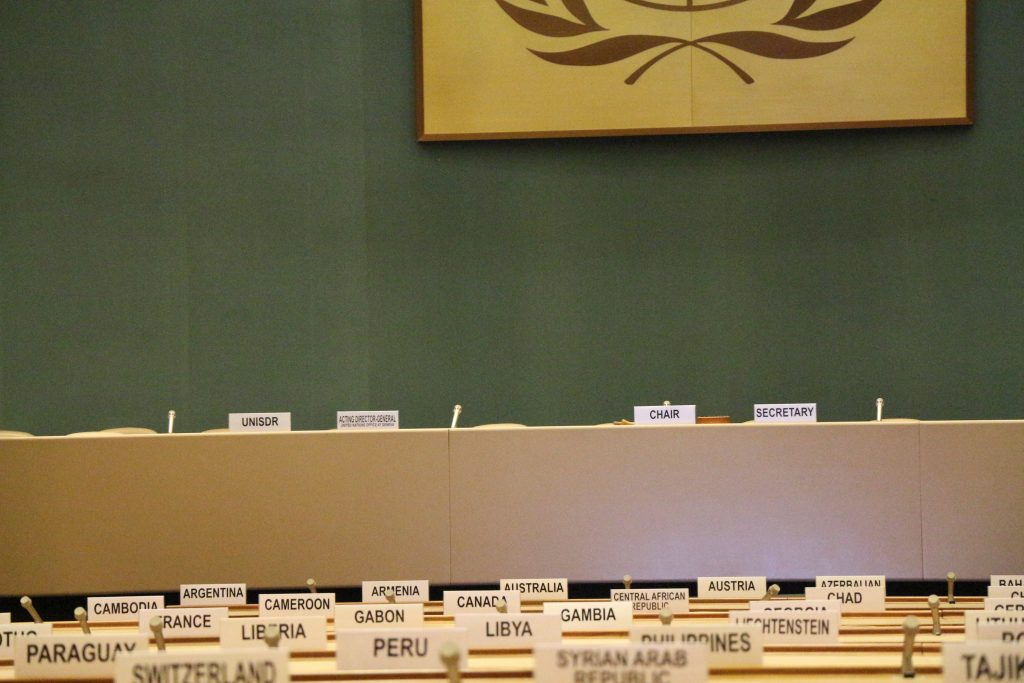Overview of United Nations Biodiversity Conference COP15

Overview of United Nations Biodiversity Conference COP15
Representatives from over 190 nations met in Montreal for the UN biodiversity summit – COP15. This Monday, these nations agreed on a set of goals and targets to halt and reverse biodiversity loss by 2030. Initially the summit was set for 2020 to be held in China, however it was postponed and relocated due to Covid outbreaks.
After two weeks of tense negotiations a landmark deal was reached; Implementing the Kinming-Montreal Global Biodiversity Framework (GBF), replacing the Aichi targets set in 2010. The pact which commits countries to protecting and restoring biodiversity has already been likened to the Paris agreement for climate.
The agreement featured 23 targets, from increasing protected areas, reducing pollution, and eliminating and mitigating the effect of invasive species. However, the main talking point and focus of the event was an agreement to protect 30% of the Earth’s biodiversity by 2030, with Canada and the EU committing to at least 50%.
The intention is to sustain biodiversity to ensure that species and habitats can thrive to balance planetary ecosystems. The impact of biodiversity loss includes increasing the risk of diseases, like SARs CoV-2, Ebola and HIV, spilling over from wild animals into human populations.
Scientists have established that with forests and grasslands being lost at unprecedented rates and oceans under pressure from pollution, humans are pushing the Earth beyond safe limits.
Political and geopolitical issues of COP15

At the Summit there was a lot of tension around how to fund changes needed to meet these targets. While developed countries wished to increase the ambition of the framework, developing countries campaigned for an allocation of resources to allow them to do so. Similar to the climate summit, COP 27, countries called for a fund dedicated to preserving biodiversity.
A second “30×30” goal made it into the final package, with developed countries agreeing to mobilise $30bn for developing countries by 2030.
The Democratic Republic of the Congo is home to 60% of the Congo Basin hosting Africa’s largest expanse of tropical rainforest. Making it one of the world’s most biodiverse countries. However, as negotiations were being finalised China’s summit president who was hosting the discussion seemingly ignored objections posed by the DRC in relation to the agreement. This briefly challenged the integrity of the agreement, however before the final plenary, the Chinese COP15 president, Huang Runqiu, approached Eve Bazaiba the DRC’s environment minister to shake her hand in an apparent apology. Eve later gave a speech congratulating the Chinese environment minister and aknowledged that the deal had passed.
What is being said about the deal
“Extinction doesn’t negotiate — the science is clear that we need to protect at least half the Earth by 2030,” Oscar Soria campaign director for the non-profit, Avaaz
“We are finally starting to forge a peace pact with nature.” – Antonio Guterres UN Secretary-General
“It is truly a moment that will mark history as Paris did for climate,” – Steven Guilbeault Canada’s Minister for the Environment and Climate Change
How Firstplanit supports biodiversity
Every product or material decision massively impacts at many scales. Firstplanit pulls together and synthesise the impact of every material and product choice across multiple impact indicators and democratises access to this knowledge. We are now part of a task force set up by UKGBC to look at Embodied Ecological impact of materials and products. So, watch this space as we start to share and quantify biodiversity loss around every decision point to help everyone choose effectively.
